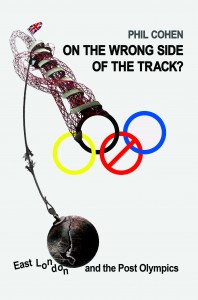As you walk around Queen Elizabeth OlympicPark you will notice many new buildings, new housing, schools, workplaces, offices and hotels, even a new university campus and cultural quarter, as the London 2012 Olympic and Paralympic legacy materialises on the ground. It is easy then to think that there was nothing much here before2012, and indeed much of the official media coverage portrayed the site as a semi-derelict wasteland awaiting regeneration. In fact,the area now occupied by the Park hasa long andcomplex history ofhuman settlement, manufacture,and recreational use, as well as a changing population of plants and animals. In these ways the site has continually responded to the larger forces at work in London -and the world-over the past centuries.
The Groundbreakers online guide will unearth and bring to life some of the histories whose physical traces, like the rivers and tunnels which criss-cross the Park, are now largely forgotten or hidden from sight. Did you know that the site once contained a Roman bridge?A network of now lost waterways? An anti-aircraft gun emplacement? A sweet factory?A speedway and greyhound track whose popularity rivalled that of football in the 1950s? All these and more await you in this guide. Click on the link below.
Groundbreakers PDF Guide v13.pdf
A Living Maps Network events programme focused on the history and heritage of the Queen Elizabeth Olympic Park site for the 10th anniversary of the Park opening. Kindly sponsored by the Raphael Samuel History Centre.
My book, London 2012 and the Post-Olympics City is also a source of more information.












